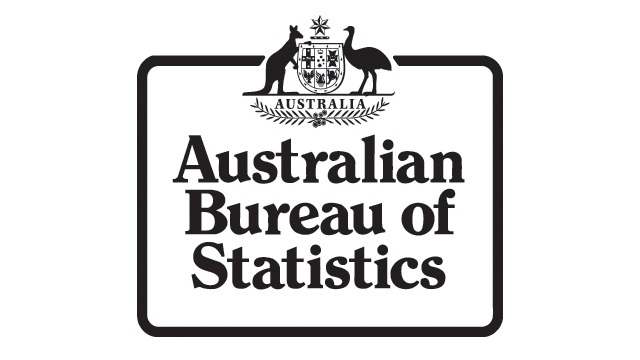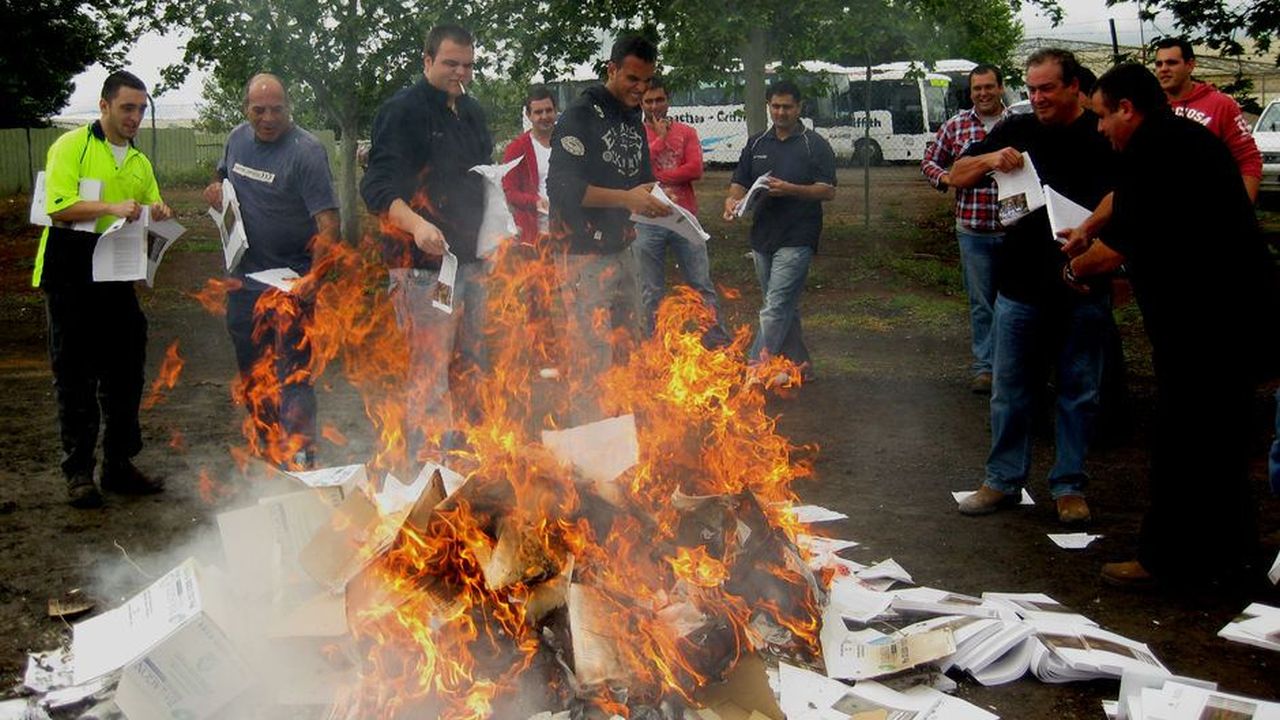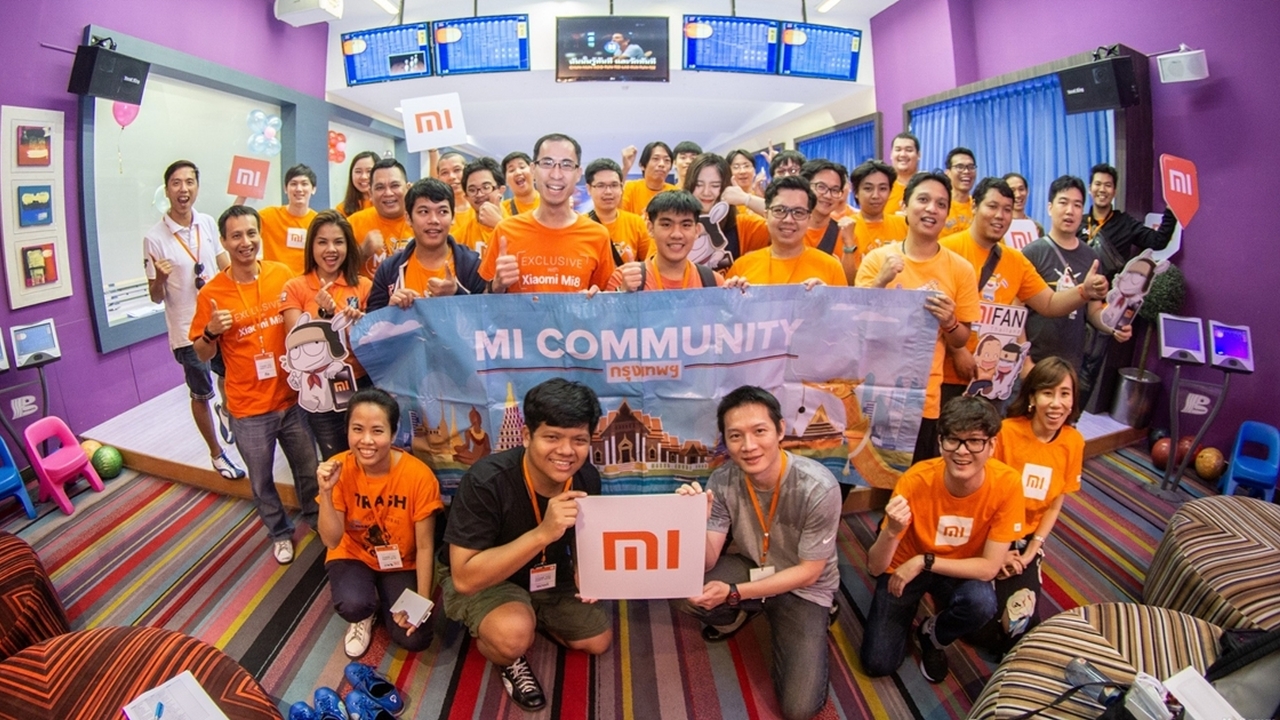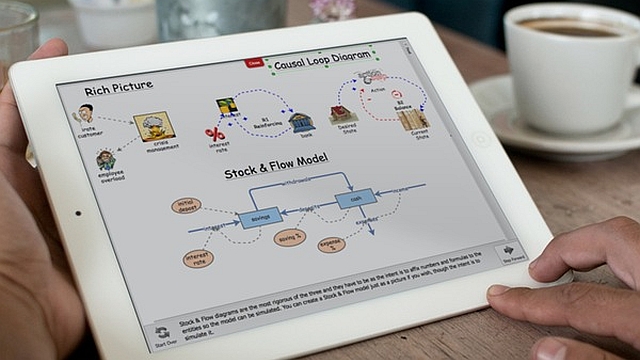
Phenomenographic research in a network of counter-terrorism communities
The 9/11 terrorist attacks triggered reflection and innovation around the world. The Canadian Government initiated the Chemical, Biological, Radiological and Nuclear (CBRN) Research and Technology Initiative (CRTI) to enable learning and progress, using what is essentially a communities of practice model.
With some aspects of the initiative working better than others, Alice MacGillivray was asked to conduct research to explore how CRTI members understood their work in a complex, knowledge-rich environment. She discusses her research in a chapter of the book Handbook of research on knowledge-intensive organizations1.
Data was collected through interviews and observation, and a qualitative analysis was carried out using phenomenography.
Phenomenography
Phenomenography is a pragmatic methodology that emerged in Sweden in the early 1970s. It explores qualitatively different ways of understanding a phenomenon.
With some students observed to learn better than others, early applications of phenomenography explored the different ways students understand a concept with the goal of assisting more effective learning. Since then, phenomenography has been used in several continents to explore a range of topics and issues including health care and organizational change.
Phenomenography does not have an either/or view of the world, respecting the different ways in which backgrounds and perceptions shape understandings. Because of its systemic, non-dualist orientation and its recognition of diversity, it lends itself to work in complex systems.
Data collection in phenomenography is usually done through interviews. Open-ended questions are used, giving participants the freedom to decide on the scope and focus of their responses. The data is analyzed for patterns in ways of understanding. As a qualitative methodology, phenomenography does not use representative samples.
Findings
Work with about 15–20 participants usually achieves saturation. In this study, 14 participants were each interviewed for about an hour.
In phenomenography, ways of understanding are normally labelled using participants’ terms. CRTI community members understood their work with knowledge in three ways, labelled free-flowing, increasing and stuck. Exploring the concept of boundaries was not an aim of the research, but it emerged during interviews. Ways of understanding boundaries are labelled integrated, overlapping and constrained.
Participants’ perceptions of satisfaction and effectiveness and links between these perceptions and the ways in which they understood their knowledge work were explored.
MacGillivray concludes that:
My research in the counter-terrorism communities shows that in the CRTI context, the individuals who felt most satisfied with their contributions and the effectiveness of their community (perceptions supported anecdotally by their examples of evidence) understood their environments as complex. They learn through largely unplanned stimulations of the flow of knowledge, in practice-oriented contexts such as exercises and through collaborative innovations.
References:
- MacGillivray, A. (2009). Knowledge intensive work in a network of counter-terrorism communities. In J. Kociatkiewicz & D. Jemielniak (Eds.) Handbook of research on knowledge-intensive organizations. Hershey: IGI Global. ↩





